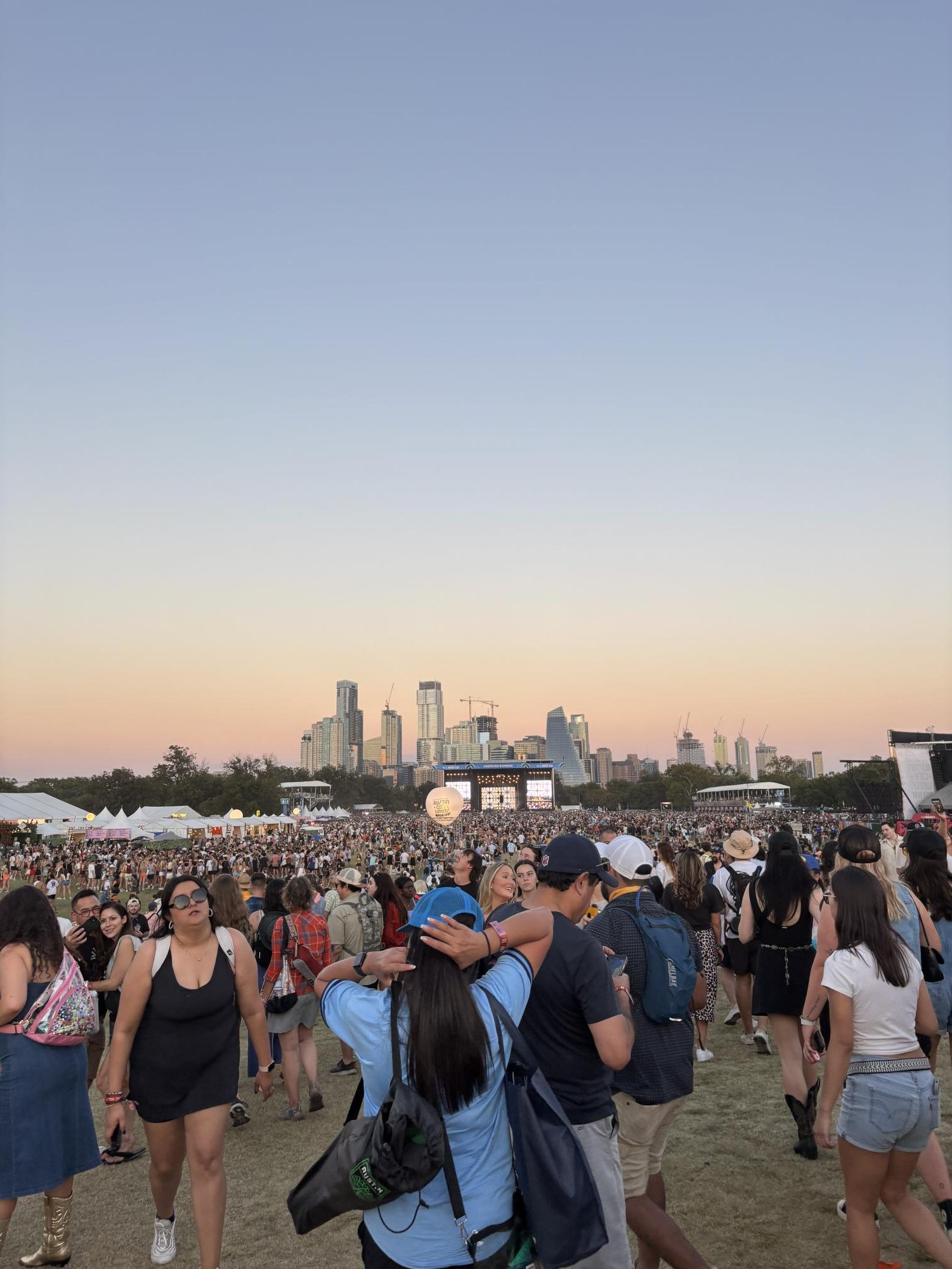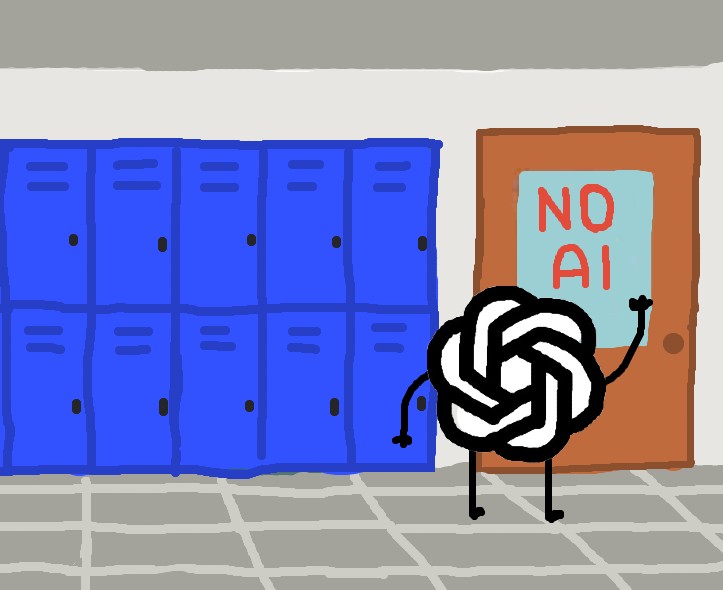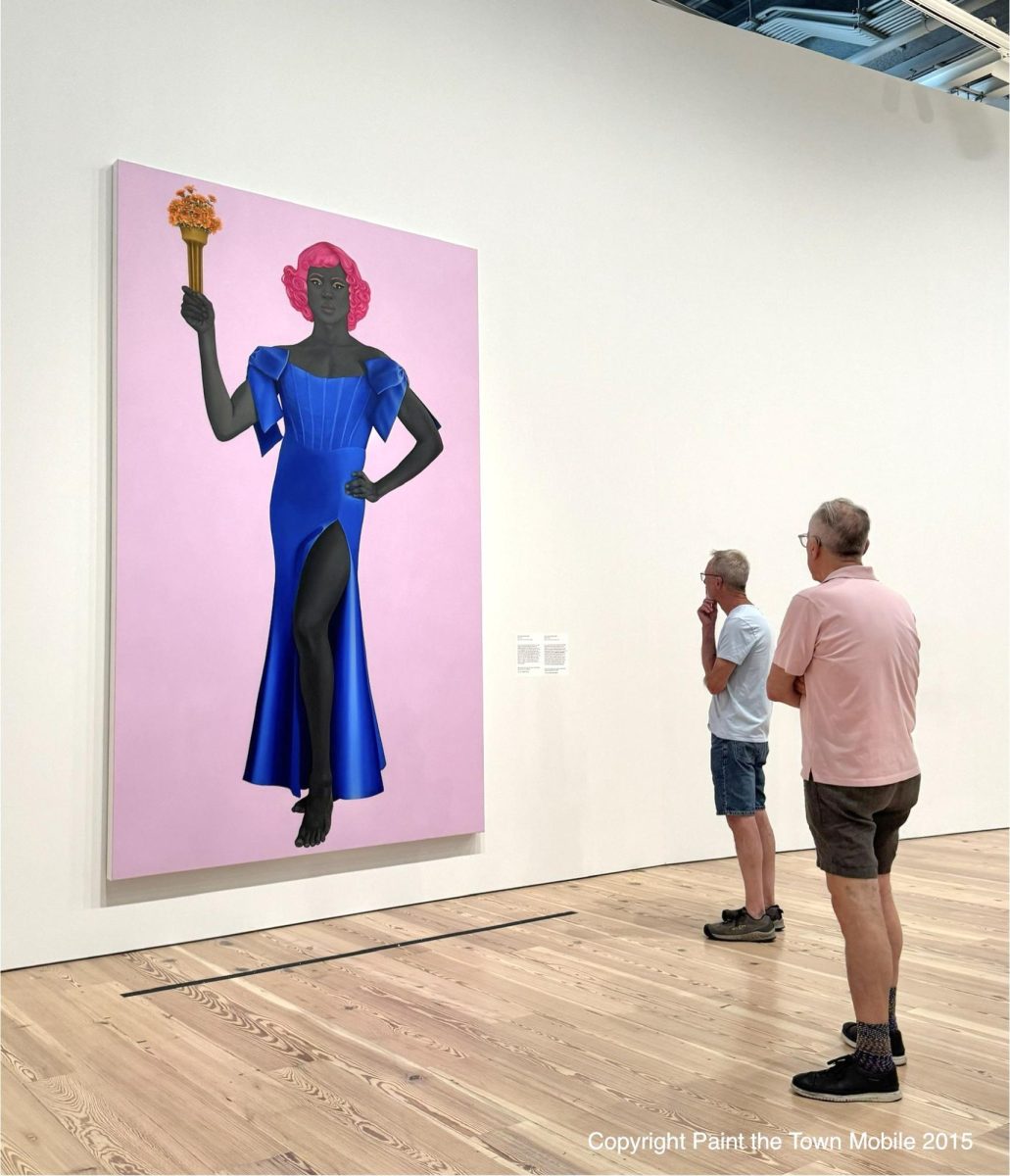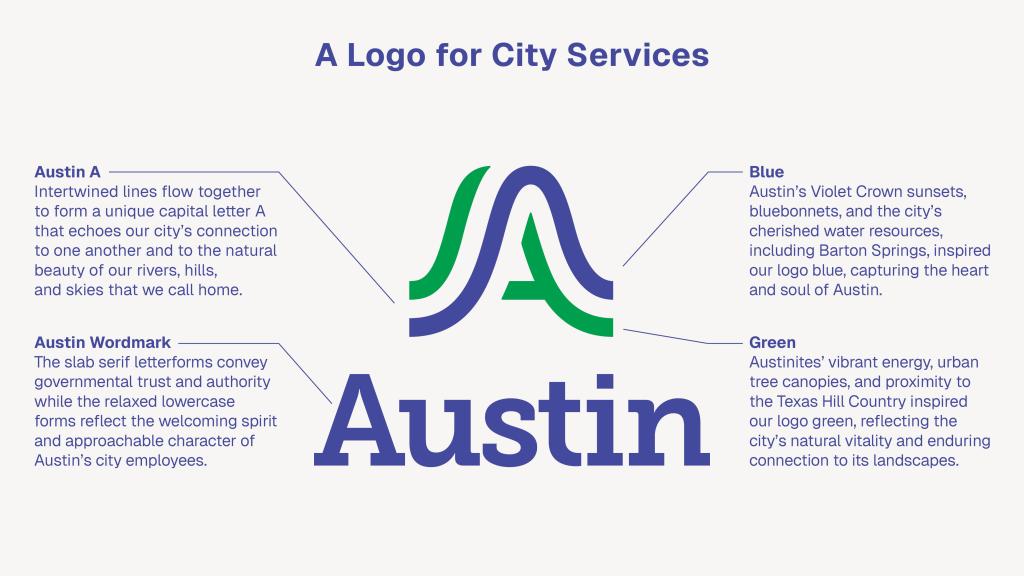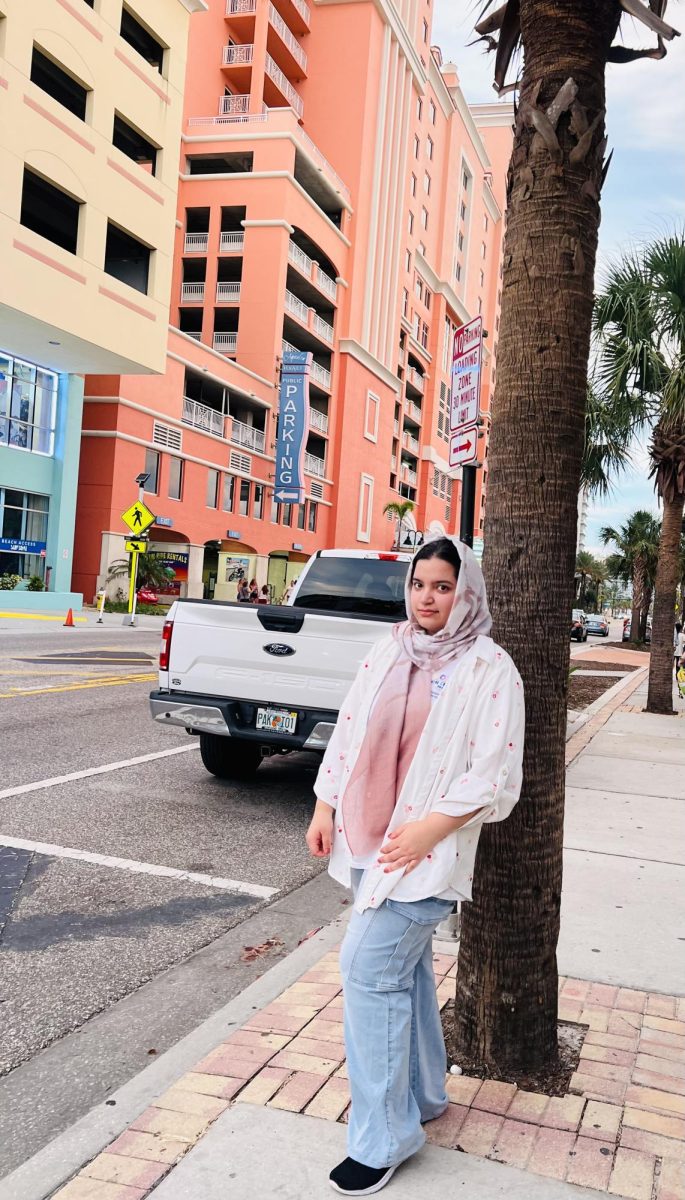Every year, around 450,000 people attend Austin City Limits Music Festival across the two weekends of live music, food and partying. Tickets for all three days can range from $380 for general admission to $30,000 for VIP tickets, if bought at face value. Just last year, the festival is estimated to have pumped about $534.8 million into Austin’s economy and continued as an economic driver for the city. I have attended ACL four different times, and every year it comes around, I wonder if I’m paying for the actual music or for the experience.
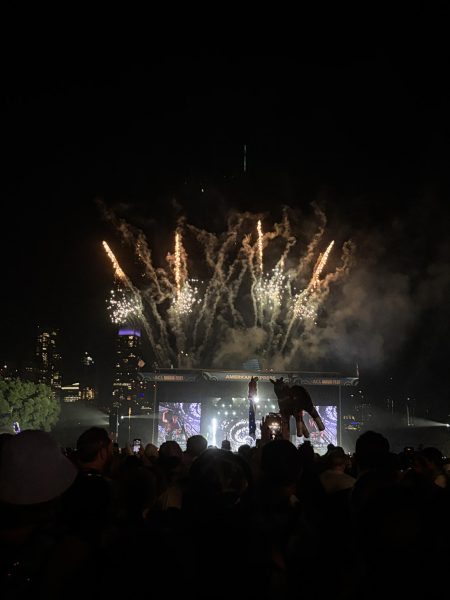
ACL accomplishes something that nothing else does: it brings hundreds of artists right to Austin’s backyard. This year, huge headliners such as Sabrina Carpenter, Doechii, Hozier and Luke Combs will make an appearance. The idea is that for $400, we see more artists at once. However, this is where the first problem comes up. ACL splits all of these artists up to be at different stages at the same time, meaning you only get to see around a third of the big artists and half of the headliners.
To add to this issue, you can purchase tickets before the schedule even comes out; most of the time, general admission is sold out by that time. This year, 24 hours after the ACL line dropped, the tickets were sold out. An example of this would be last year when Renee Rapp, Jungle and Vince Staples were all playing at the same time. This meant I had to see just one, when the idea is that I paid for the ticket, hoping to see all.
A different example would be from this year, where Doja Cat was scheduled to play, so thousands of people bought tickets with that expectation. However, she cancelled and was replaced by The Killers, a band with a very different performance than what Doja Cat would’ve had. Overall, all the artists that festival goers anticipate to see usually don’t align with ACL’s final schedule.
A different problem with this is that to thoroughly enjoy just one artist, you may have to camp out all day just to get a decent spot, meaning that you only see the artists at that stage for that day. This also means that food and bathrooms aren’t really an option. Seeing your favorite headliner hasn’t always been this difficult, though; the first ACL in 2002 drew only about 42,000 people the entire weekend. The company has since expanded and drawn in bigger crowds for bigger artists. ACL allows too many people to attend the festival for the music to be enjoyable and the cost to be worth it anymore.
Last year I stopped by Dua Lipa’s performance, but the crowd was so thick that I could only hear the music if I jumped. This is why people have to camp out instead, which in turn just ruins the idea of seeing many of your favorite artists throughout the weekend.
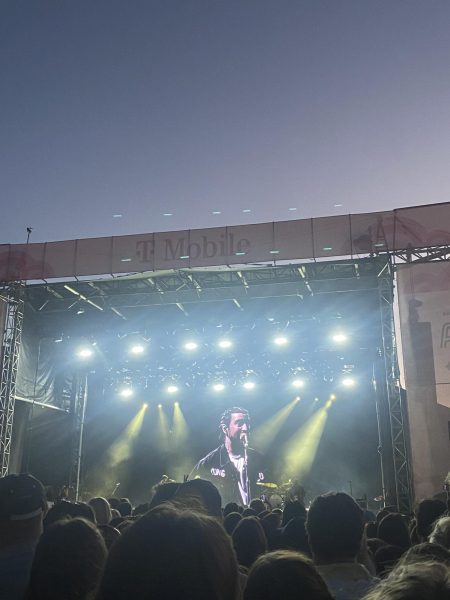
ACL-goers also have to fight the Texas heat. Many people who choose to go to other Austin music festivals, such as Two Step Inn, agree that they are much more enjoyable in April weather. These kinds of festivals are also just a lot more family-friendly, with not as packed crowds and cleaner environments. ACL is simply at a bad time of year, when Zilker Park is dried up and still suffering from the heat with too much dust polluting the area. In past years, people have suffered from flu-like symptoms from the amount of dust they inhale over the three days.
So, if festival goers have to pay $400 to enter, camp out in the heat and dust to see their favorite artist and navigate through the dangerously large crowds, then what keeps people coming back? Why not just go to your favorite artist’s concert where there’s air conditioning, seats, and a better view of the performance?
For me at least, and I’m sure for many others, ACL has become a tradition. It’s more than the music; it’s about all of Austin getting together to celebrate music and diversity. It’s about supporting the smaller artists that ACL brings in, in the Live Music Capital of the World. I look forward to seeing new artists perform every year, even if I see them in poor conditions. Although the prices are shocking and the weather is uncomfortable, people who attend ACL have learned that they’re not paying for just the music, they’re paying to celebrate Austin for all that it has to offer.


